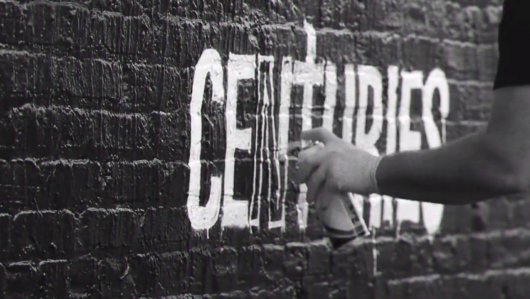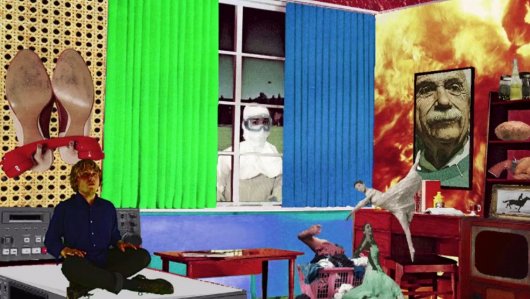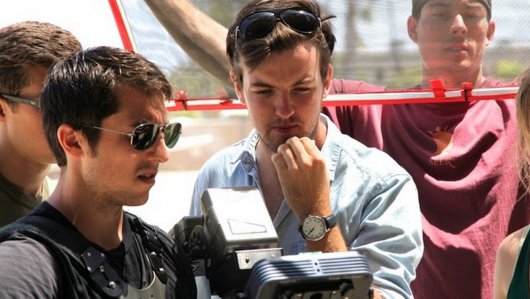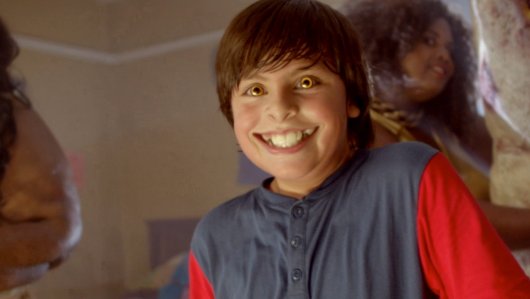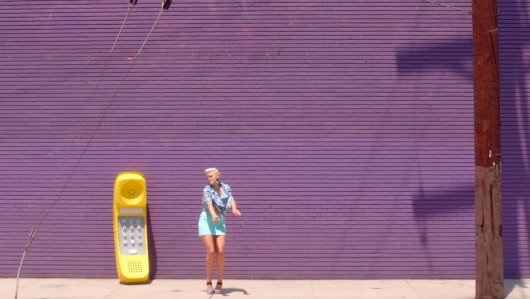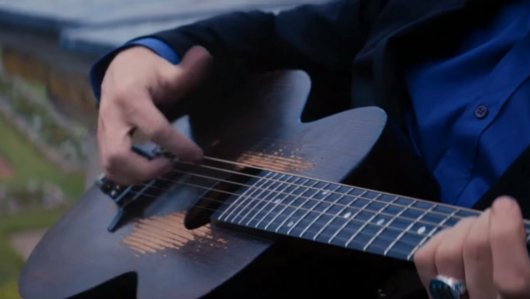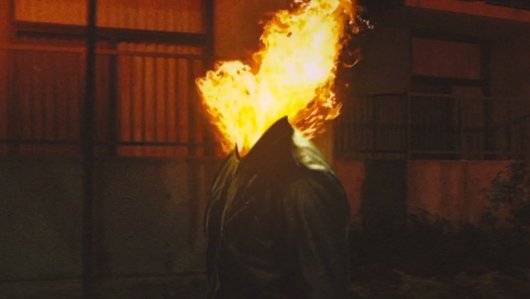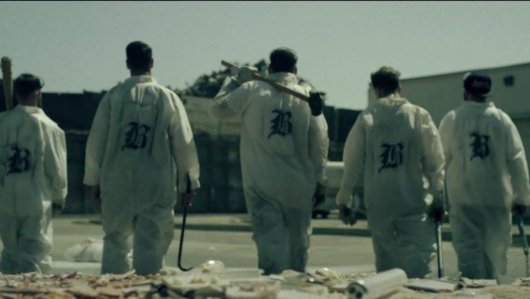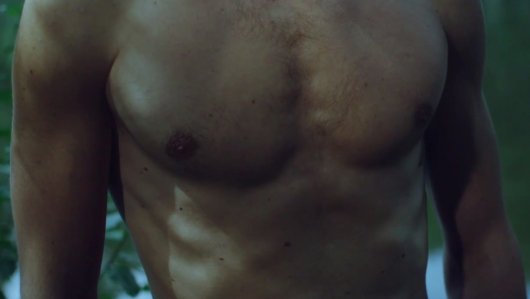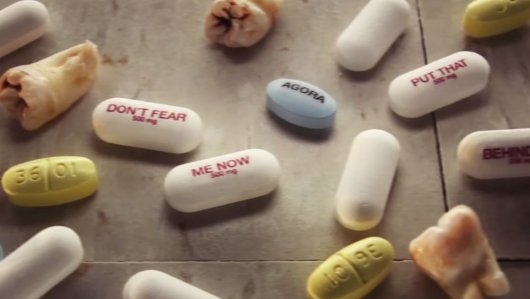Fall Out Boy "Centuries" Hyperlapse Video
There's an easy press win to be had by being the first to make a music video with whatever is the video app of the moment. In this case we have Hyperlapse — an ingenius iPhone app which doesn't quite realize that the killer app part of the equation is not the timelapses, but the way it uses the device's gyroscope and other sensors to digitally stabilize your footage — and Fall Out Boy deliver a tour of Chicago, using the app and some anaglyph effects to serve the same purpose that a lyric video or other teaser would.
So, consider this a win — if it's not the first hyperlapse video, it's certainly the first by a band of international stature — even though there's honestly not all that much to hold your interest unless you a) really love Fall Out Boy b) really love Chicago and c) really love hyperlapse.





